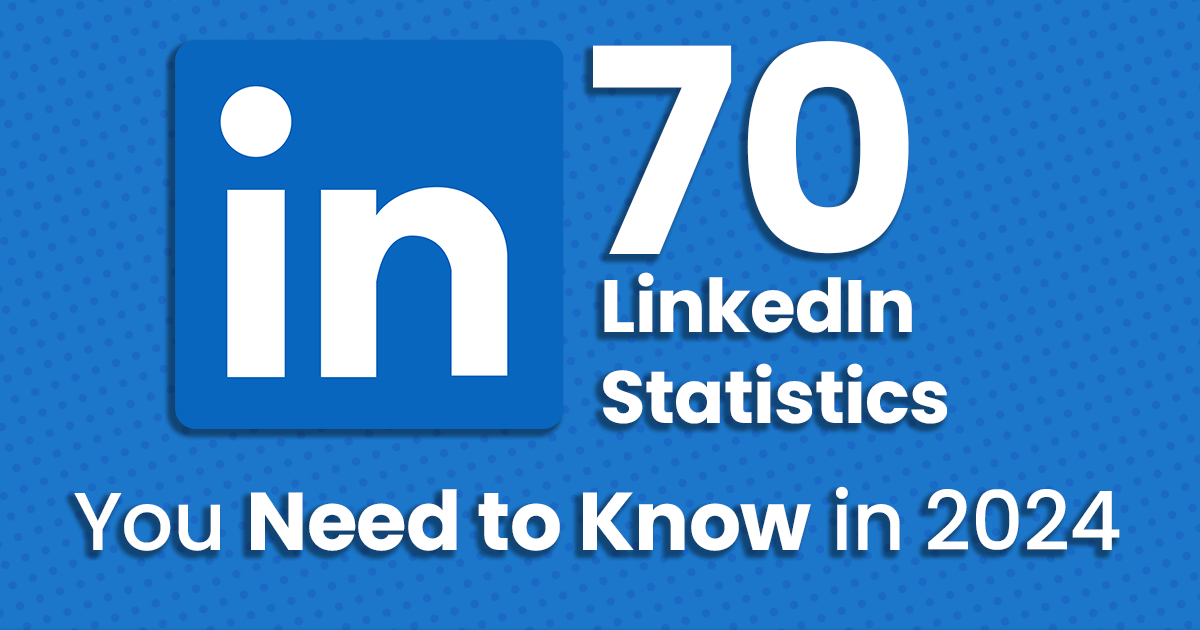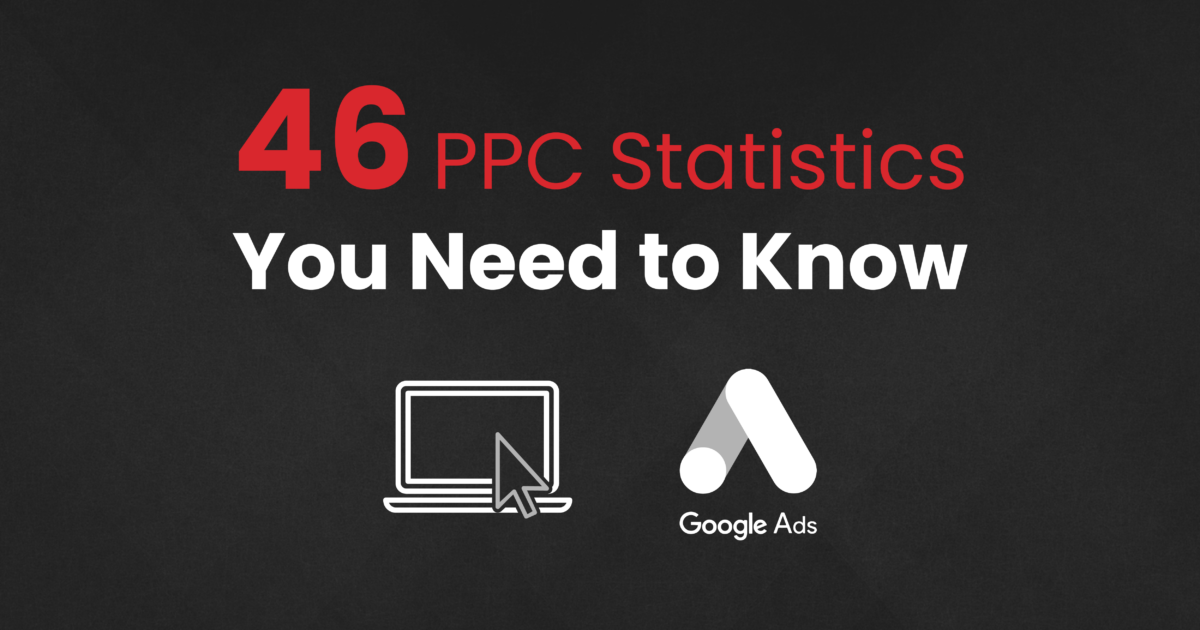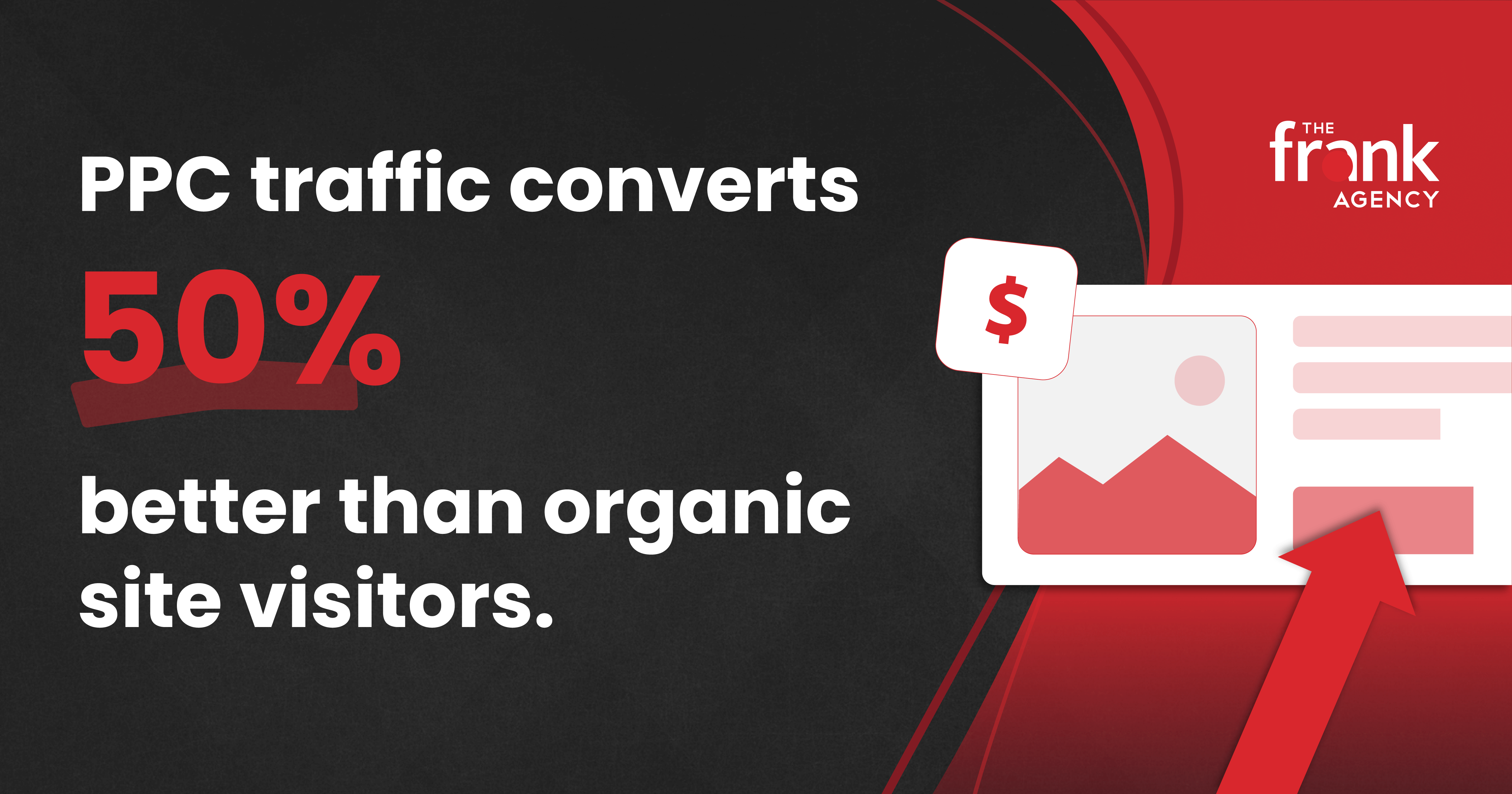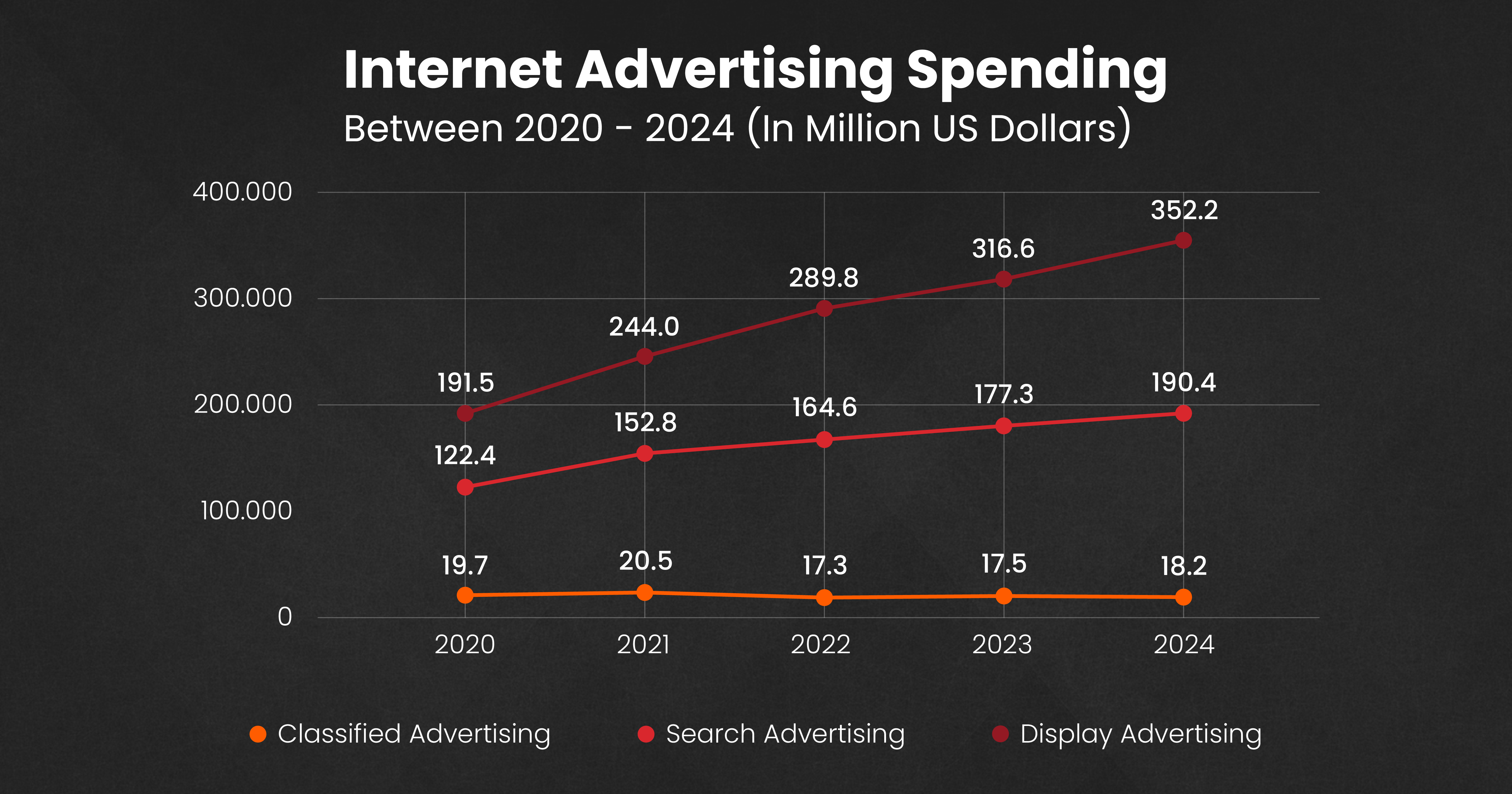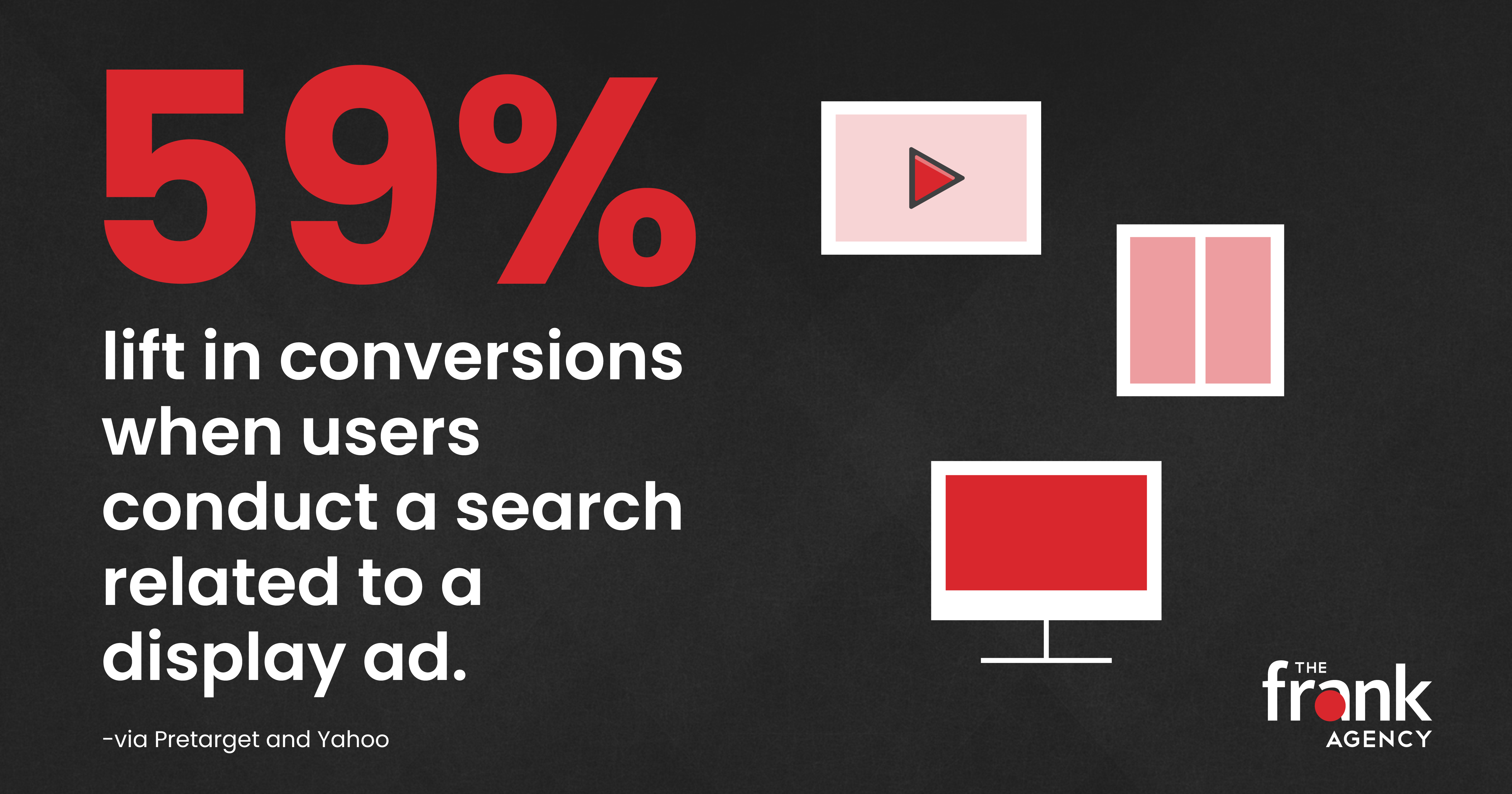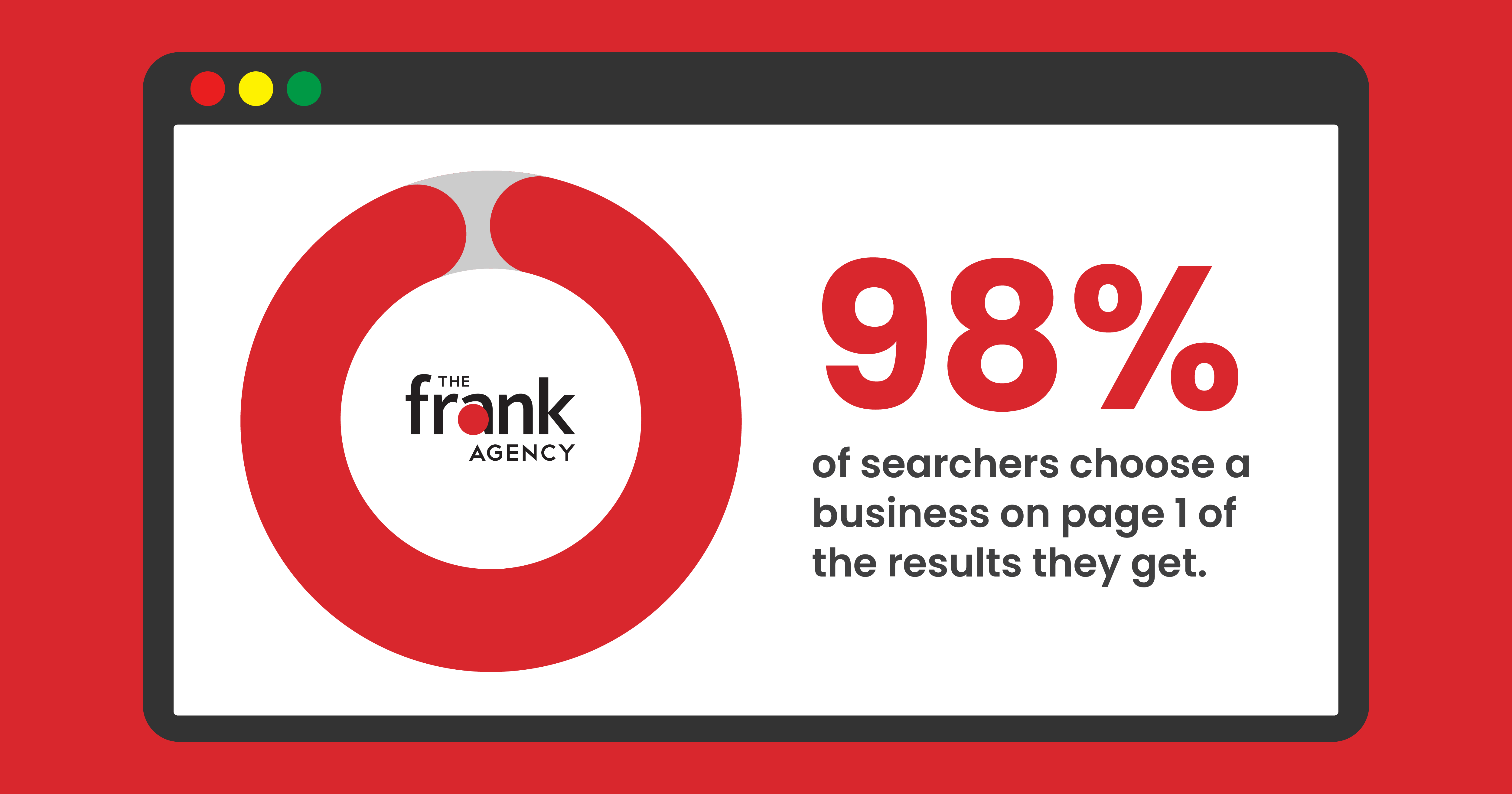LinkedIn continues to be a powerhouse in the professional world, connecting millions of professionals and businesses worldwide. With new features, increased user engagement and expanding advertising opportunities, LinkedIn remains an essential tool for marketers, job seekers and business leaders. As we look ahead in 2024, here are 70 crucial LinkedIn statistics that highlight its growth and influence.
LinkedIn’s Impact and Growth
The first quarter of 2024 saw an eight percent increase in LinkedIn’s revenue, demonstrating its growing importance in the business world. LinkedIn plays a critical role in decision-making, with four out of five users reporting that it helps them make business decisions. Additionally, LinkedIn’s effectiveness in the job market is evident, as eight people find employment through the platform every minute.
LinkedIn User Statistics
LinkedIn’s user base and demographics reveal its extensive reach and influence. Almost 92 percent of businesses now incorporate LinkedIn into their marketing strategies, highlighting its crucial role in the corporate world. With a staggering one billion users worldwide, LinkedIn’s growth trajectory shows no signs of slowing down. Projections suggest that between 2024 and 2028, the platform will gain an additional 171.9 million users, a significant 22.3 percent increase.
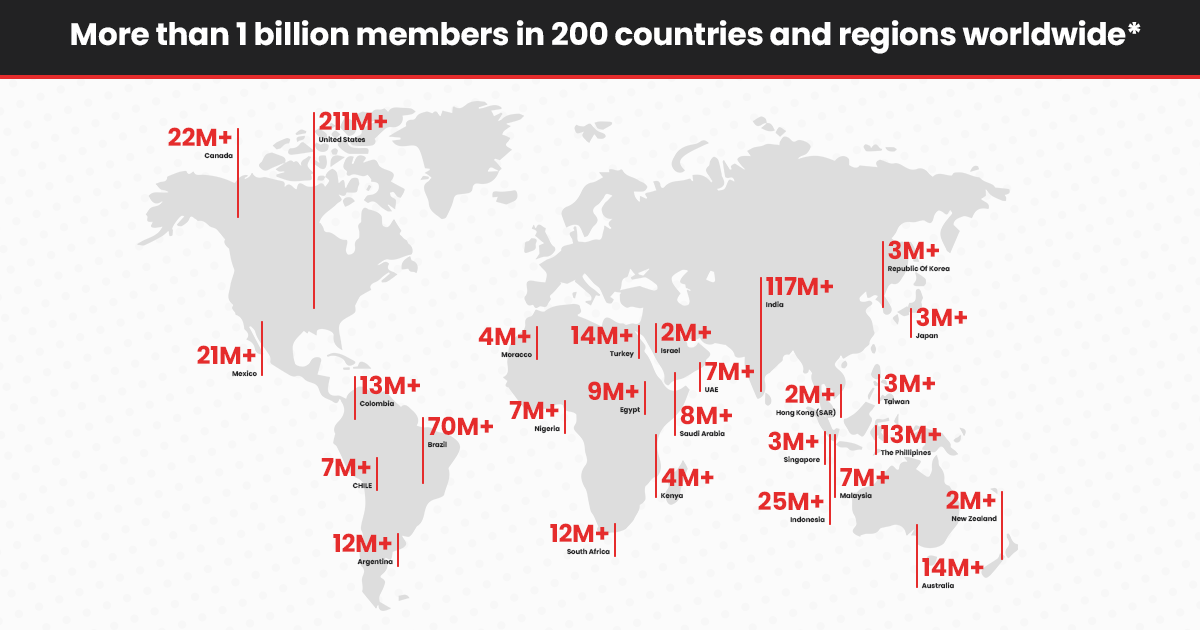
The platform’s user demographics are diverse, with the majority of traffic coming from the U.S. Millennials aged 25-34 who dominate LinkedIn, making up 60 percent of its user base. Gen Z users aged 18-24 account for 21.7 percent, while baby boomers (55+) make up 2.9 percent. LinkedIn is not just for job seekers; 49 million users leverage the platform specifically for job searches, and 64 million decision-makers actively use LinkedIn, with four out of five participating in their organization’s decision-making processes. Available in 26 languages, LinkedIn caters to a global audience, and one-third of its users hold a bachelor’s degree, indicating a highly educated user base.
LinkedIn Advertising Statistics
LinkedIn’s advertising capabilities offer unparalleled opportunities for businesses to reach and engage their target audiences. Ads on LinkedIn are six times more likely to convert compared to other platforms, highlighting the platform’s effectiveness. This effectiveness is reflected in LinkedIn Marketing Solutions surpassing five billion dollars in revenue, and brands advertising on LinkedIn are viewed as “higher quality” by 59 percent of users. Furthermore, exposure to LinkedIn ads results in a 33 percent increase in purchase intent among users.
Marketers benefit significantly from LinkedIn’s advertising platform, reporting up to twice the conversion rates of other channels and double the engagement rates. Utilizing LinkedIn’s conversion tracking tools, advertisers can achieve a 13.5 percent lower cost per acquisition. LinkedIn’s audience also has considerable purchasing power, being twice as likely to buy compared to the average online audience. In fact, 80 percent of businesses utilize LinkedIn ads to promote their products and services.
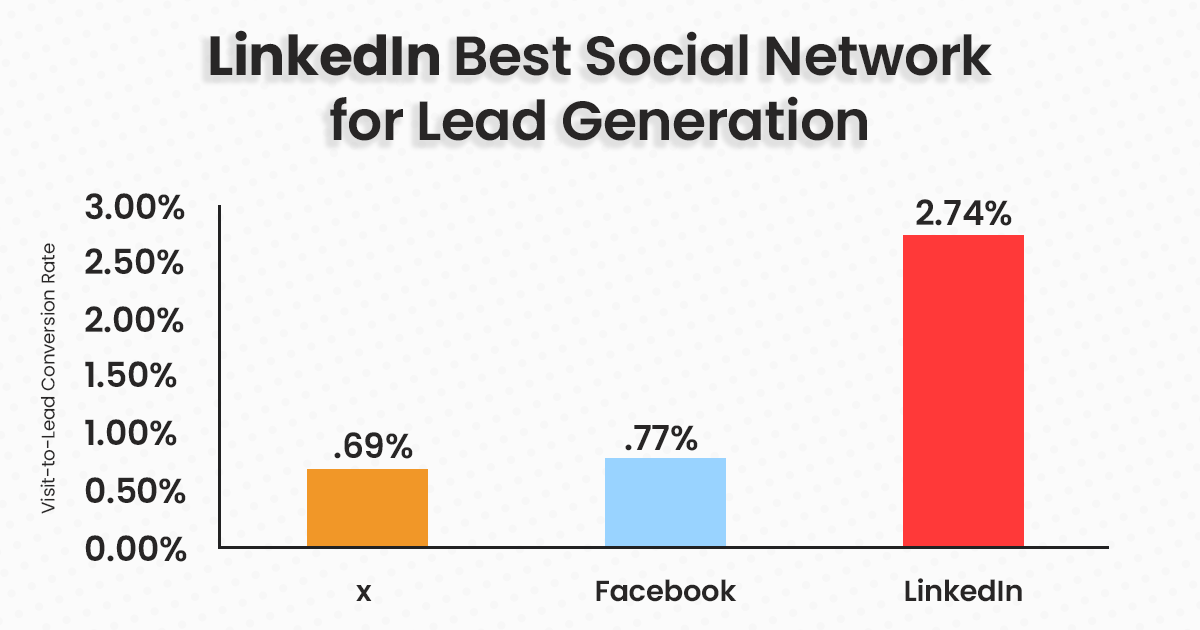
LinkedIn continues to dominate the digital advertising space, with projections indicating that in 2024, the platform will command over 50 percent of display ad spending and a quarter of digital ad spending. Companies that post content weekly on LinkedIn Pages can see 5.6 times increase in followers and a seven times faster-growing following compared to those posting monthly. LinkedIn Conversion Ads boast four times higher open and engagement rates than traditional email, while Sponsored Messaging achieves twice the open and engagement rates of email campaigns.
The platform is particularly effective for B2B marketers, with 40 percent considering LinkedIn the most effective platform for generating high-quality leads. Additionally, 77 percent of marketers believe that LinkedIn generates top organic results, and 75 percent of paid social media marketers prefer LinkedIn for launching paid campaigns. Success in lead generation is common, with 82 percent of B2B marketers achieving their goals through LinkedIn.
Engagement on LinkedIn is further enhanced by specific content strategies. Adding an image to a post doubles comment rates, and long-form content of 1,900-2,000 words attracts more views, likes and comments. Posts with 5, 7 and 9 headings experience significantly higher view rates with increases of 50 percent, 33 percent and 47 percent, respectively. “How-to” posts also perform 31.5 percent better than other content types. Larger images (1200 X 627 pixels) in ads reach 38 percent higher click-through rates, and LinkedIn Live videos generate seven times more reactions and 24 times more comments than static posts.
To run an efficient advertisement campaign, LinkedIn recommends targeting an audience of at least 300 users, though generally, campaigns aim for 50,000 people. Since its launch in 2021, over 9 million users have activated Creator Mode, highlighting the platform’s emphasis on user-generated content and engagement.
LinkedIn’s robust advertising features and strategies make it an invaluable tool for businesses looking to maximize their reach and engagement. If you’re ready to take your social media advertising to the next level, check out The frank Agency’s social media services to see how we can help you succeed on LinkedIn and other platforms.
LinkedIn Business Statistics
LinkedIn’s influence extends deeply into the business sector. In fact, 82 percent of B2B marketers find success on LinkedIn, making it a vital platform for professional networking, marketing, and business development. An impressive 67 million companies are listed on the platform, reflecting its extensive reach and credibility. LinkedIn plays a significant role in business decision-making, with four out of five users actively driving business decisions within their organizations. This underscores LinkedIn’s importance in the corporate decision-making process.

Active LinkedIn business pages that post weekly witness 5.6 times more follower growth, highlighting the effectiveness of regular engagement. In fact, there are 2.7 million LinkedIn business pages posting weekly, contributing to the platform’s dynamic and interactive environment. This consistent activity is crucial, as 40 percent of users engage with business pages every week, ensuring continuous visibility and interaction.
LinkedIn is a critical tool for hiring managers, with 50 percent utilizing LinkedIn skills data to fill roles, showcasing the platform’s importance in recruitment and talent acquisition. The platform is also favored by B2B marketers for organic social marketing, with 96 percent using it regularly. LinkedIn’s efficacy in generating high-quality leads is evident, with 40 percent of B2B marketers acknowledging its superiority in this regard. Additionally, 80 percent of B2B marketers use LinkedIn ads to enhance their marketing efforts, highlighting the platform’s value in the B2B marketing landscape.
Content marketers also recognize LinkedIn’s value, with 77 percent citing it as producing the best organic results. This is further supported by the fact that LinkedIn posts with images see twice the comment rates compared to text-only posts, emphasizing the importance of visual content in driving engagement. LinkedIn pages experience over 2 billion interactions each month, indicating a highly active and engaged user base.
LinkedIn Engagement Statistics
Engagement on LinkedIn is robust, with 50 percent of business users using the platform to make purchase decisions. Consistent posting and engagement on LinkedIn lead to significant benefits; businesses that actively post can achieve two times more growth. LinkedIn dominates business search results, offering 99.63 percent of search results for businesses. Approximately 60 percent of users are actively seeking business insights, contributing to the platform’s high engagement rates.
Active LinkedIn pages experience five times more page views, eleven times more followers and seven times more impressions. Additionally, AI-personalized content can boost LinkedIn engagement by 42 percent. The platform’s job search function is also highly active, with 61 million people searching for jobs weekly and 1.6 billion visits monthly. Weekly, about 40 percent of users engage organically with LinkedIn pages, and employee engagement accounts for one-third of business engagement on the platform. LinkedIn also maintains a 16.2 percent daily active user rate, indicating a highly engaged user base.
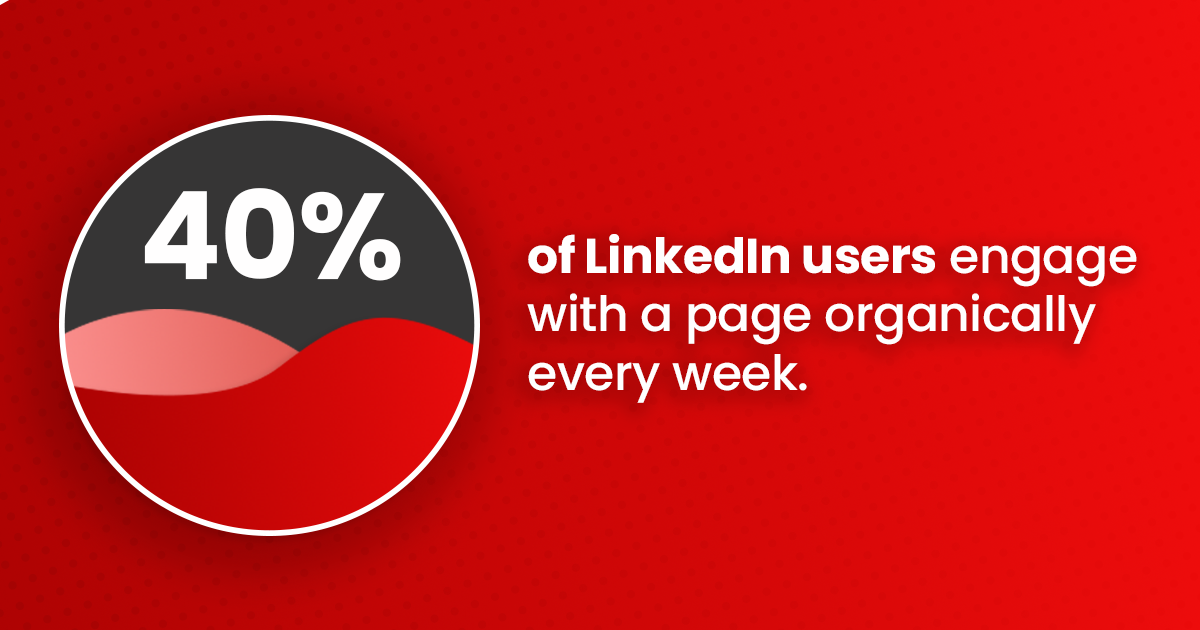
Harness the Power of LinkedIn in Your Marketing Efforts
LinkedIn continues to be a vital platform for professional networking, marketing and business development. Its extensive user base, effective advertising solutions and robust engagement statistics make it an essential tool for businesses and professionals. As these statistics show, LinkedIn’s influence is set to grow even further in 2024, solidifying its position as a cornerstone of the professional world. For businesses and marketers looking to capitalize on LinkedIn’s capabilities, staying informed about these trends and statistics will be crucial for success.

